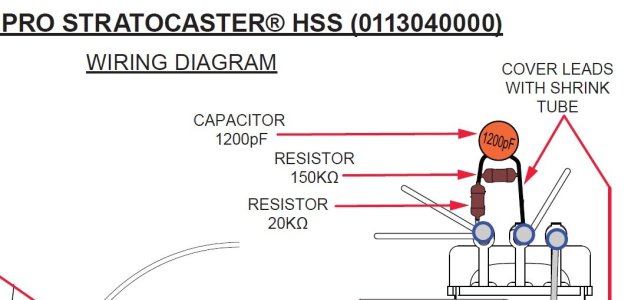Tretgeraet
Junior Member
- Messages
- 176
Absolutely not! It is forbidden in this holy house of thee who seek the treble... No, I'm kidding, of course it is legitimate, you like what you like!Is it legitimate to say I don't like Treble Bleeds because I like how dark and dull the sound gets in a certain range? My guitar just has a Volume Pot, I find it adds nicely to the missing Tone Control.
I might add, that if ppl like treble bleeds or not, or which kind they prefer depends highly on the gear they use, what kind of music they play with it, etc... add that to personal taste!
I didn't really notice how much the change to a more linear taper on the volume pot, that comes with the "resistor and capacitor in parallel"-variants bothered me, until I compared it directly. Now I'm tending more towards "resistor and cap in series".
I'm using my volume pot to mute the guitar between songs and to clean up a distorted/overdriven/fuzzed sound. I very rarely use a "clean sound", my "clean" is volume down. With that I like a treble bleed, so that my clean sounds won't sound dull. But with that I also like an audio taper, because otherwise from 10 down to like 6 there happens almost nothing.
Others might have different preferences. Maybe they play mostly clean, or they want the frequencies the same across the pot travel above all else. Or both!
Or maybe they use a treble booster all the time!?
So many different tastes and preferences!



